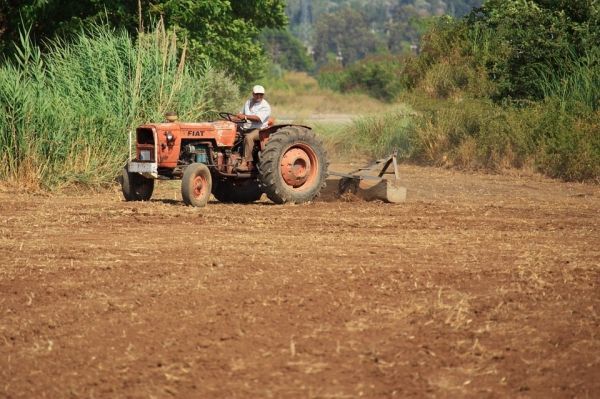Agriculture that appears to be more eco-friendly but uses more land may actually have greater environmental costs per unit of food than “high-yield” farming that uses less land, a new study has found.
There is mounting evidence that the best way to meet rising food demand while conserving biodiversity is to wring as much food as sustainably possible from the land we do farm, so that more natural habitats can be “spared the plough”.
However, this involves intensive farming techniques thought to create disproportionate levels of pollution, water scarcity and soil erosion. Now, a study published today in the journal Nature Sustainability shows this is not necessarily the case.
Scientists have put together measures for some of the major “externalities” – such as greenhouse gas emission, fertiliser and water use – generated by high- and low-yield farming systems, and compared the environmental costs of producing a given amount of food in different ways.
Read more at University of Cambridge
Photo Credit: PublicDomainPictures via Pixabay


